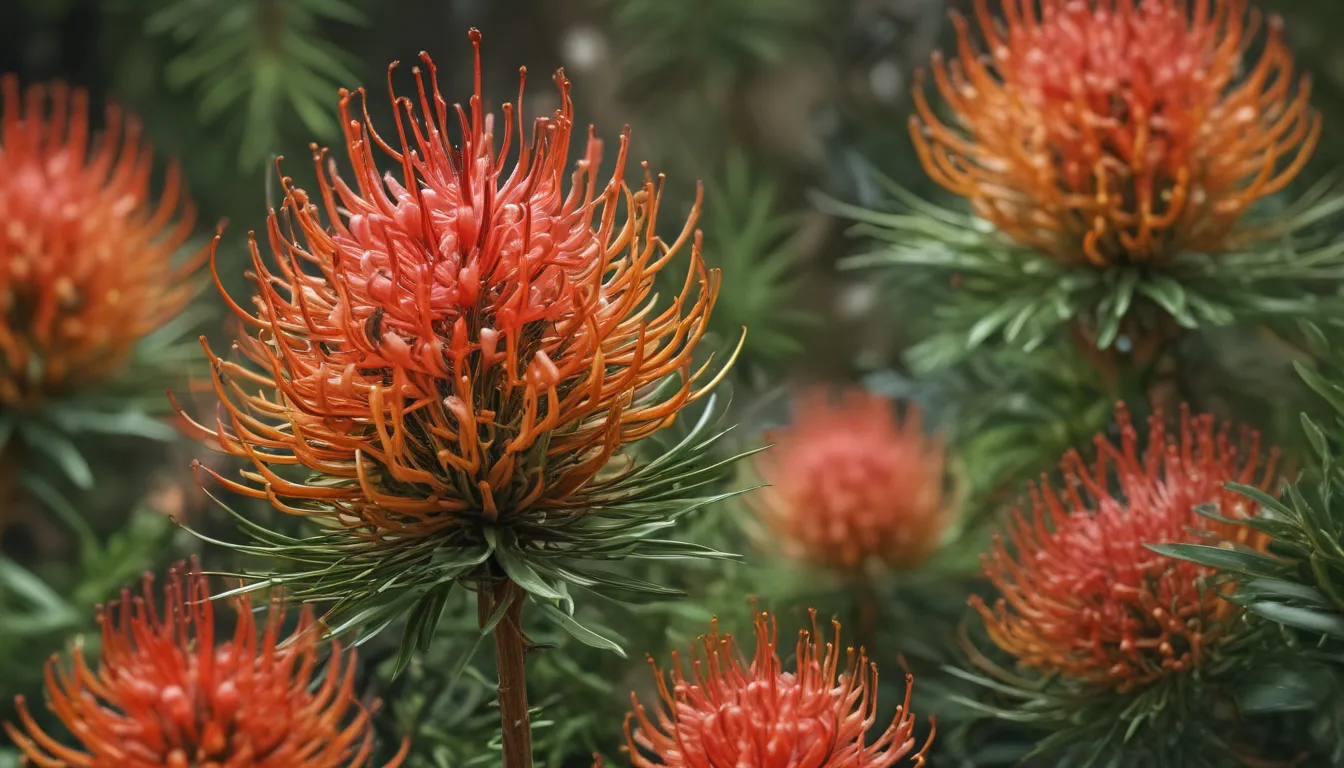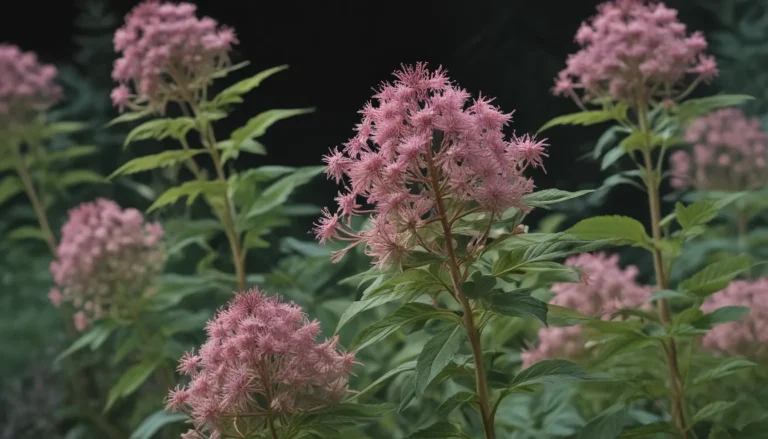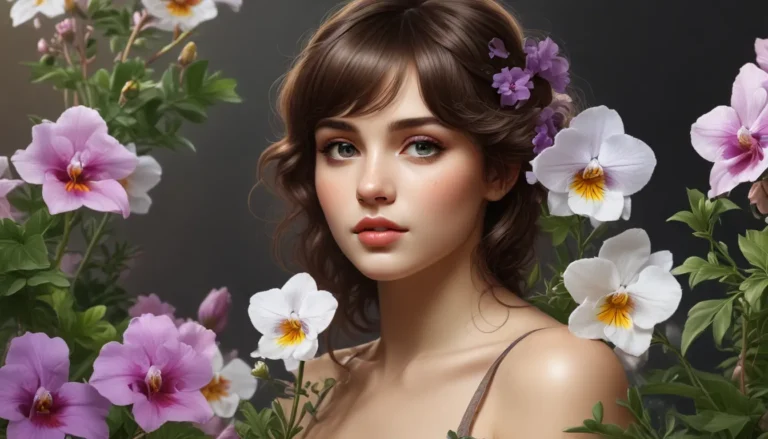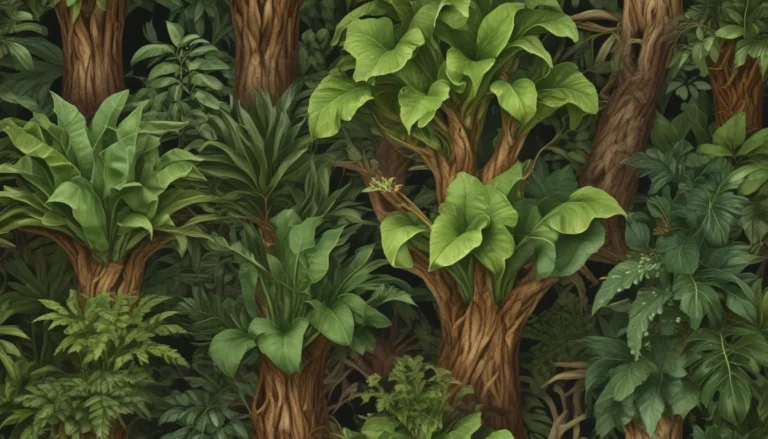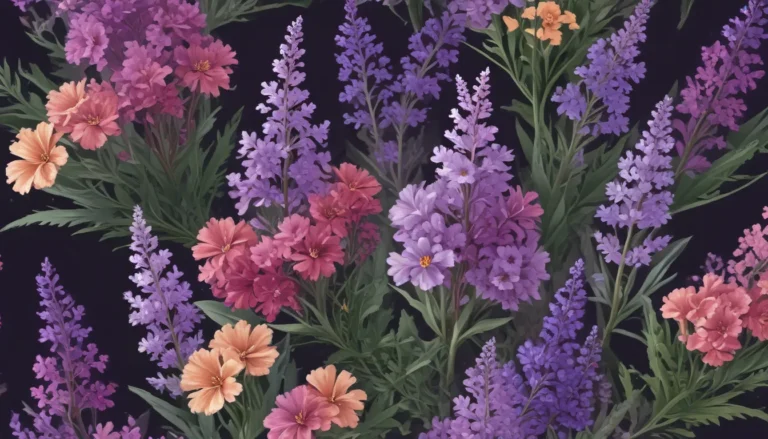The pictures we use in our articles might not show exactly what the words say. We choose these pictures to make you interested in reading more. The pictures work together with the words but don’t take their place. The words still tell you the important facts.
Are you ready to embark on a journey through the captivating world of Grevillea plants? Known for their stunning flower structures and unique foliage, Grevillea plants are a popular choice for gardeners and nature enthusiasts alike. With over 360 different species offering a wide range of colors, sizes, and growth habits, there is so much to discover about these remarkable plants. In this article, we will delve into 11 intriguing facts about Grevillea that will expand your knowledge and deepen your appreciation for these fascinating plants. From their origin and natural habitats to their various uses and adaptations, Grevillea plants have plenty to offer. So, let's explore the enchanting world of Grevillea and uncover what makes them so special.
Exploring the Fascinating World of Grevillea
Grevillea is a diverse genus of flowering plants belonging to the family Proteaceae. With over 360 species, this genus is native to Australia, but it is also cultivated in many other parts of the world. Grevillea plants are known for their unique and intricate flowers, which come in a variety of colors and shapes. Each species of Grevillea has evolved to attract specific pollinators such as birds, bees, or honey possums. The flowers have adapted colors, shapes, and nectar composition to appeal to their target pollinators, making them essential for the survival and reproduction of these plants.
Unveiling the Beauty of Grevillea Flowers
The stunning beauty of Grevillea flowers is truly captivating. These plants have evolved to attract a wide range of bird species, especially honeyeaters, with their nectar-rich flowers. The birds play a crucial role in pollination, spreading the genetic diversity of Grevillea populations. Depending on the species, Grevillea flowers can bloom at different times of the year, ensuring a continuous display of vibrant colors throughout the seasons. The unique shapes and colors of Grevillea flowers make them popular choices for floral arrangements, adding exotic beauty and originality to bouquets and displays.
Embracing the Diversity of Grevillea Plants
Grevillea plants display a wide range of growth forms, from small shrubs to large trees. This diversity allows for versatility in landscaping, with smaller varieties serving as ground covers or border plants, while larger species provide shade and privacy. The plants are generally low-maintenance once established, requiring minimal pruning or fertilizing. However, they do require well-drained soil and regular watering during the establishment period to thrive. Many Grevillea species are well-suited for container gardening, adding beauty and color to small spaces like patios or balconies.
Cultivating Grevillea with Care and Attention
To ensure the success of your Grevillea plants, it is essential to provide them with well-drained soil and avoid overwatering, which can lead to root rot. The plants are incredibly adaptable and can thrive in a wide range of climates, from hot and dry regions to cooler coastal areas. Choosing the right species for your specific climate is crucial for successful growth. Grevillea plants can be propagated from cuttings taken in late summer or early autumn, with a heel attached to increase their chances of successful propagation. While the plants do not require much fertilizer, applying a slow-release phosphorous-based fertilizer in early spring can promote healthy growth and vibrant flowers.
Conclusion: Nurturing the Beauty of Grevillea
In conclusion, Grevillea plants with their stunning beauty and unique features continue to captivate plant enthusiasts around the world. From their fascinating adaptability to their vital role as a food source for wildlife, there is no shortage of intriguing facts about these remarkable plants. Whether you are a seasoned gardener or simply drawn to the wonders of the natural world, learning about the diverse species of Grevillea is a rewarding experience. By understanding and nurturing these amazing plants, we can continue to enjoy their remarkable qualities for many generations to come. So, next time you encounter a Grevillea, take a moment to appreciate its beauty and remember the fascinating facts that make this plant so intriguing.
FAQs: Your Guide to Grevillea Plants
-
What is Grevillea? Grevillea is a genus of flowering plants in the family Proteaceae, with over 360 species native to Australia, New Guinea, and Indonesia.
-
How tall do Grevillea plants grow? Grevillea plants can vary in size, with some species growing up to 2-3 feet tall and others reaching heights of 30 feet or more.
-
Do Grevillea plants require special care? Grevillea plants are generally low maintenance but require well-drained soil, regular water until established, and occasional pruning for healthy growth.
-
Can Grevillea plants attract wildlife? Yes, Grevillea plants attract various wildlife, including birds and bees, with their nectar-rich flowers.
-
Can Grevillea plants grow in different climates? Grevillea plants are adaptable and can thrive in a wide range of climates, but it is important to choose the right species for your specific climate.
-
Are Grevillea plants suitable for container gardening? Yes, many Grevillea species are well-suited for container gardening, adding beauty and color to small spaces.
-
Can Grevillea plants be propagated from cuttings? Yes, Grevillea plants can be propagated from cuttings taken in late summer or early autumn, with a heel attached for successful propagation.
-
Are Grevillea plants susceptible to diseases? Grevillea plants can be susceptible to root rot if overwatered, so it is important to keep them in well-drained soil.
-
Do Grevillea plants require fertilizer? Grevillea plants do not require much fertilizer, but a slow-release phosphorous-based fertilizer in early spring can promote healthy growth.
-
Can Grevillea plants be grown from seeds? Yes, Grevillea plants can be grown from seeds, but germination can be slow and unpredictable.
-
Are Grevillea plants toxic to pets? Grevillea plants are generally non-toxic to pets, but it is advisable to keep an eye on pets around plants and consult a veterinarian if ingestion-related issues occur.
Delve into the enchanting world of Grevillea and uncover the secrets of these remarkable plants. Explore the fascinating realm of Proteaceae with Sugarbush Protea, discover the astonishing facts about Helleborus, and unveil the unbelievable truths surrounding Rose of Sharon. Embark on a journey through the captivating world of flora and enrich your knowledge of these remarkable plants!
Was this Page Helpful?
Our commitment to delivering trustworthy and engaging content is paramount to our mission. Each fact shared on our site is contributed by real users like you, bringing a wealth of insights and information. Our dedicated editors meticulously review each submission to ensure accuracy and reliability. Trust in our commitment to quality and authenticity as you explore and learn with us.
